Mold growth in the bathroom is a common problem due to the high levels of moisture and humidity typically found in this space. Mold not only poses health risks but can also cause structural damage to your home if left unchecked. Understanding the common reasons why mold grows in your bathroom can help you take preventive measures and address the issue effectively. Here are some of the primary factors that contribute to mold growth in bathrooms
Other Topics You Might Like
Helpful Products You Might Like
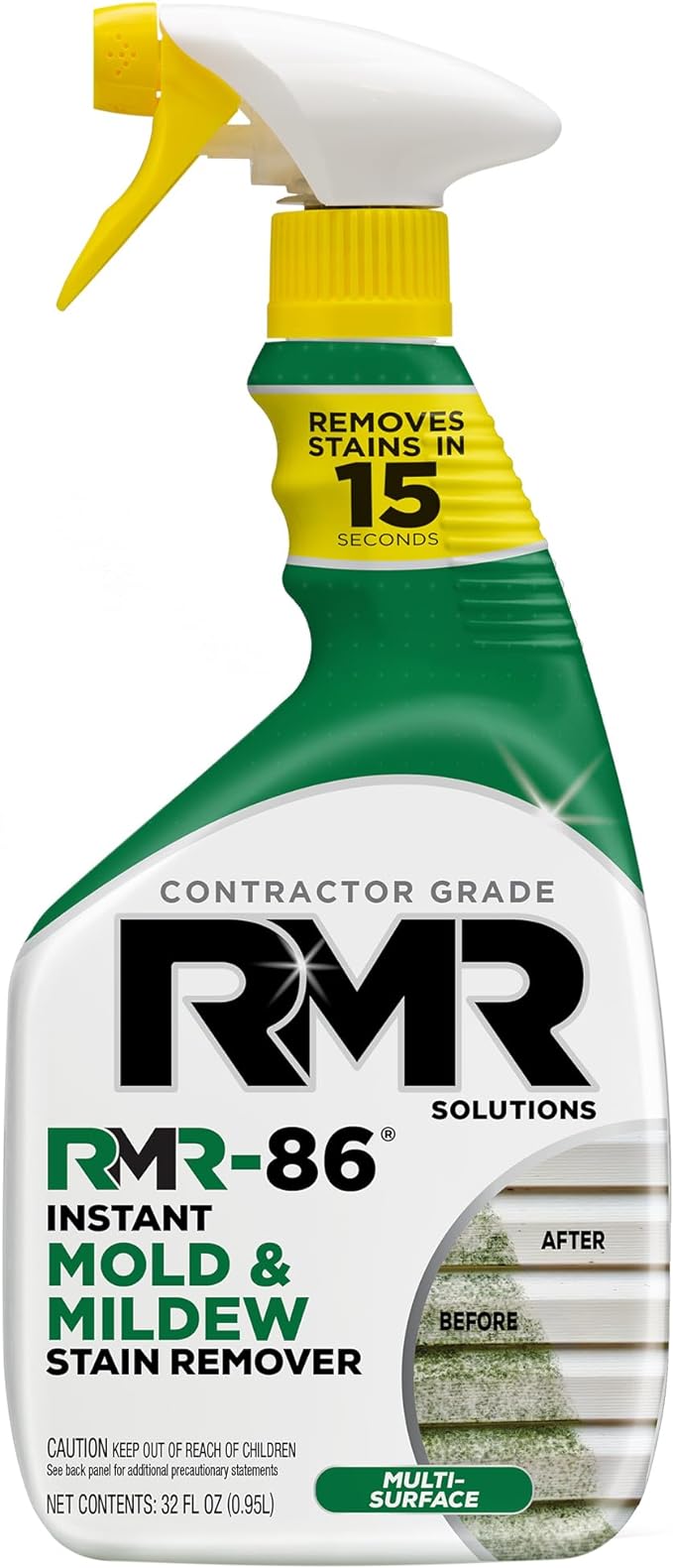
Instant Mold and Mildew Stain Remover

Sugelary Mold Remover Gel
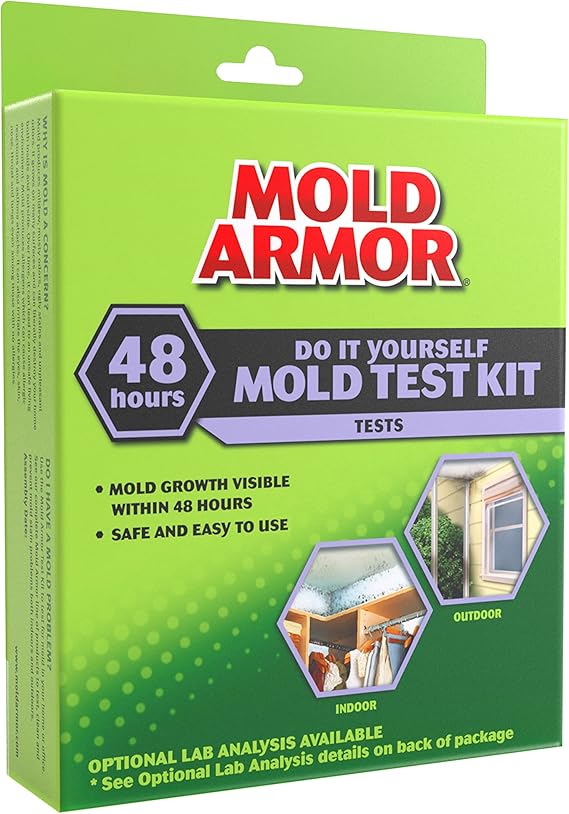
Mold Armor Test Kit
"(Paid Links)" 
Excessive Moisture
The most significant factor contributing to mold growth in bathrooms is excessive moisture. Bathrooms are often exposed to high humidity levels due to activities such as showering, bathing, and washing. When moisture is not properly managed or ventilated, it creates an ideal environment for mold spores to thrive. Ensuring that your bathroom has proper ventilation, such as an exhaust fan, can help reduce moisture levels and prevent mold growth.
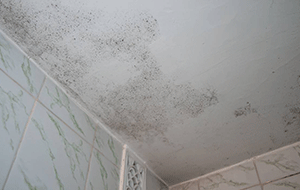
Poor Ventilation
Inadequate ventilation is a major contributor to mold growth. Without proper airflow, moisture from steam and water has nowhere to escape, leading to condensation on surfaces such as walls, ceilings, and floors. To improve ventilation, install an exhaust fan that vents to the outside, and keep the fan running during and after showers or baths. Additionally, consider leaving the bathroom door open or cracking a window to allow fresh air to circulate.
Leaky Pipes and Fixtures
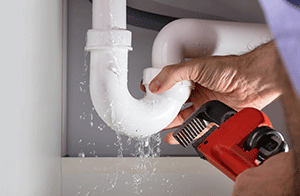
Leaky pipes, faucets, and fixtures can introduce excess moisture into your bathroom, creating a breeding ground for mold. Water leaks may not always be immediately visible, but over time, they can lead to significant mold growth behind walls, under sinks, or around toilet bases. Regularly inspect your plumbing for leaks and address any issues promptly. If you notice signs of water damage, such as discoloration or dampness, investigate and repair the source of the leak.
Mold-Attracting Materials
Certain bathroom materials are more prone to mold growth due to their ability to retain moisture. For example, organic materials like wood and paper can provide a food source for mold. Bathrooms with wooden cabinets, paper-based wallpaper, or other absorbent materials are at a higher risk of mold growth. Opt for mold-resistant materials, such as tile, glass, or synthetic materials, and avoid using porous surfaces in moisture-prone areas.
Insufficient Cleaning and Maintenance
Regular cleaning and maintenance are essential for preventing mold growth. Soap scum, mildew, and grime can contribute to the accumulation of moisture and provide a breeding ground for mold. Clean bathroom surfaces, including tiles, grout, and fixtures, on a regular basis to prevent mold buildup. Pay special attention to areas that are prone to moisture, such as the shower or bathtub, and use mold-killing cleaning products when necessary.
Inadequate Insulation
Poor insulation can lead to condensation issues, as cold surfaces in the bathroom can cause moisture in the air to condense and form water droplets. This condensation can then contribute to mold growth. Ensure that your bathroom is properly insulated, especially around windows, pipes, and exterior walls. Insulating pipes can also help prevent condensation and reduce the risk of mold.
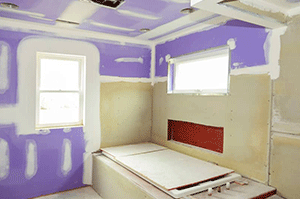
Improperly Sized or Ineffective Exhaust Fans
Not all exhaust fans are created equal, and an improperly sized or ineffective fan may not adequately reduce moisture levels in your bathroom. Choose an exhaust fan with the appropriate capacity for your bathroom size and ensure it vents to the outside. Regularly clean and maintain the fan to ensure it operates efficiently.
High Humidity Levels
High indoor humidity levels can exacerbate mold growth in the bathroom. Use a dehumidifier if necessary to maintain optimal humidity levels, which should ideally be between 30% and 50%. Additionally, avoid leaving wet towels or bath mats in the bathroom, as they can contribute to increased humidity levels and promote mold growth.
Poor Drainage
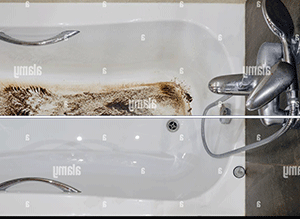
Inadequate drainage around the bathroom, such as clogged shower drains or slow-draining sinks, can lead to standing water and moisture buildup. Standing water provides an ideal environment for mold growth and can cause damage to bathroom surfaces. Ensure that drains are regularly cleaned and free from debris, and address any drainage issues promptly.
Conclusion
Understanding the common reasons why mold grows in your bathroom can help you take proactive steps to prevent and address mold issues. By managing moisture levels, ensuring proper ventilation, and maintaining your bathroom, you can reduce the risk of mold growth and maintain a healthier living environment. Regular inspections, prompt repairs, and preventive measures will help you keep your bathroom mold-free and safeguard your home from potential damage
